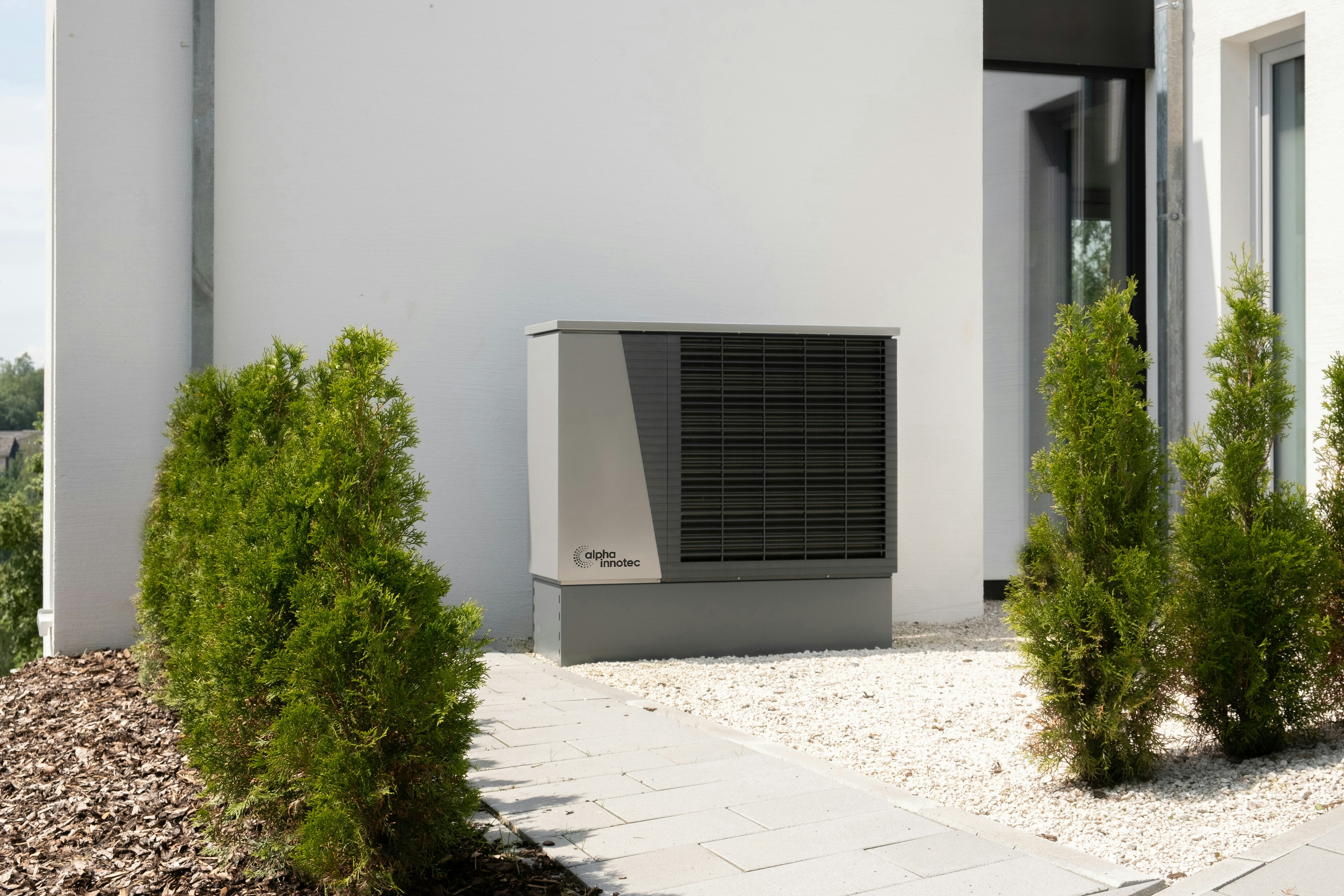HVAC Services: What to Expect and How Much They Cost
HVAC services are crucial for maintaining comfort in your home, but understanding their costs can be challenging. From repairs to replacements, pricing varies depending on multiple factors. By breaking down the costs of common HVAC services and identifying key pricing influences, you can make informed decisions and save money on maintenance without compromising quality.

Breaking Down the Costs of Common HVAC Services
Understanding the costs of HVAC services begins with knowing the range of common services offered. Regular maintenance typically includes cleaning filters, inspecting components, and minor repairs, with estimated prices ranging from $100 to $200 per visit. Repairs for issues like refrigerant leaks or fan motor replacements can cost between $300 and $900, depending on parts and labor.
System replacements, such as installing a new furnace or air conditioner, are the most expensive services. These projects often range from $4,000 to $12,000 based on the unit type and installation complexity. Duct cleaning and sealing, another essential service, typically costs between $500 and $1,000.
These are estimated figures and vary greatly by region, service provider, and system specifications. Knowing what to expect helps homeowners plan financially while ensuring their HVAC system runs efficiently year-round.
Factors That Influence HVAC Service Pricing
Several factors directly impact the cost of HVAC services. The type of HVAC system—central air, ductless, or hybrid—plays a significant role in pricing. Central systems are generally more expensive to repair or replace due to their complexity and larger components.
Location is another crucial factor. Service costs can vary by state or city due to differing labor rates, climate demands, and regional regulations. Seasonal demand also influences pricing; services tend to be costlier during peak seasons like summer and winter.
The age and condition of your HVAC system further affect pricing. Older units typically require more repairs and harder-to-find parts, increasing costs. Additionally, selecting high-efficiency systems may have a higher upfront cost but reduce energy bills in the long run.
Signs Your HVAC System Needs Professional Help
Identifying when your HVAC system requires professional assistance can save you money and prevent severe breakdowns. Common signs include inconsistent temperatures, strange noises like grinding or squealing, and unusually high energy bills. These issues often indicate worn-out parts, ductwork leaks, or system inefficiencies.
Frequent cycling—when your HVAC system turns on and off repeatedly—is another warning sign. It suggests underlying problems such as thermostat malfunctions or improper system sizing. Similarly, unpleasant odors from vents may indicate mold growth, requiring immediate professional attention.
Ignoring these signs can lead to costlier repairs or even complete system replacements. Regular inspections by certified technicians can help catch and resolve issues early, extending the lifespan of your HVAC system.
Tips to Save Money on HVAC Maintenance
To keep HVAC costs manageable, follow these practical tips:
- Schedule regular maintenance: Biannual check-ups ensure your system runs efficiently and helps catch issues early.
- Replace air filters frequently: Clean filters improve airflow and reduce strain on your system, saving on energy costs.
- Use a programmable thermostat: Optimizing temperatures based on your schedule reduces energy consumption.
- Seal ducts and windows: Prevent air leaks to maintain consistent temperatures and reduce workload on your HVAC.
- Consider energy-efficient upgrades: Investing in high-efficiency systems or components may lower long-term energy costs.
Comparison of Top HVAC Service Providers in the U.S.
Below is a comparison of five reputable HVAC service providers in the United States. This table highlights estimated costs for common services and other essential details.
| Provider | Services Offered | Estimated Cost Range | Special Features | Location Coverage |
|————————-|——————————|—————————|————————————-|—————————–|
| Carrier | Maintenance, repairs, installations | $120-$10,000 | Energy-efficient systems | Nationwide |
| Trane | Repairs, replacements, diagnostics | $150-$12,000 | High-performance units | Nationwide |
| Lennox | Installation, servicing, ductwork | $100-$11,500 | Advanced climate control systems | Nationwide |
| American Standard | Maintenance, repairs, replacements | $130-$11,000 | Focus on durability and efficiency | Nationwide |
| One Hour Heating & Air | Emergency repairs, maintenance | $100-$9000 | 24/7 service availability | Regional |
Please note that all prices mentioned are estimations and for accurate information, we recommend conducting your own research and visiting the providers’ websites directly.
Conclusion
HVAC systems are essential for maintaining home comfort, and understanding the costs of services helps homeowners make informed decisions. From routine maintenance to system replacements, numerous factors influence pricing. Regular care, recognizing early warning signs, and choosing cost-effective service providers ensure your HVAC system operates efficiently without breaking the bank.




